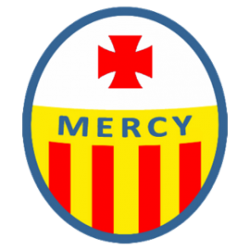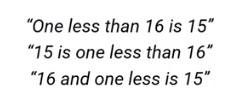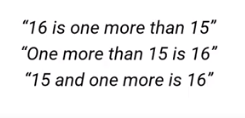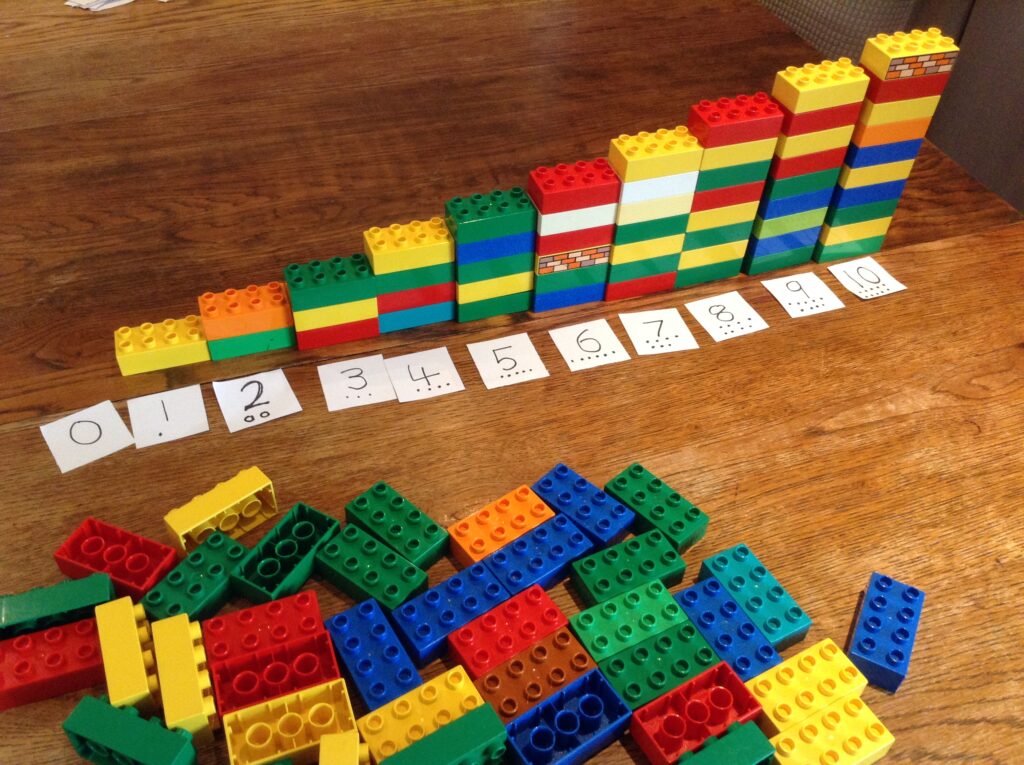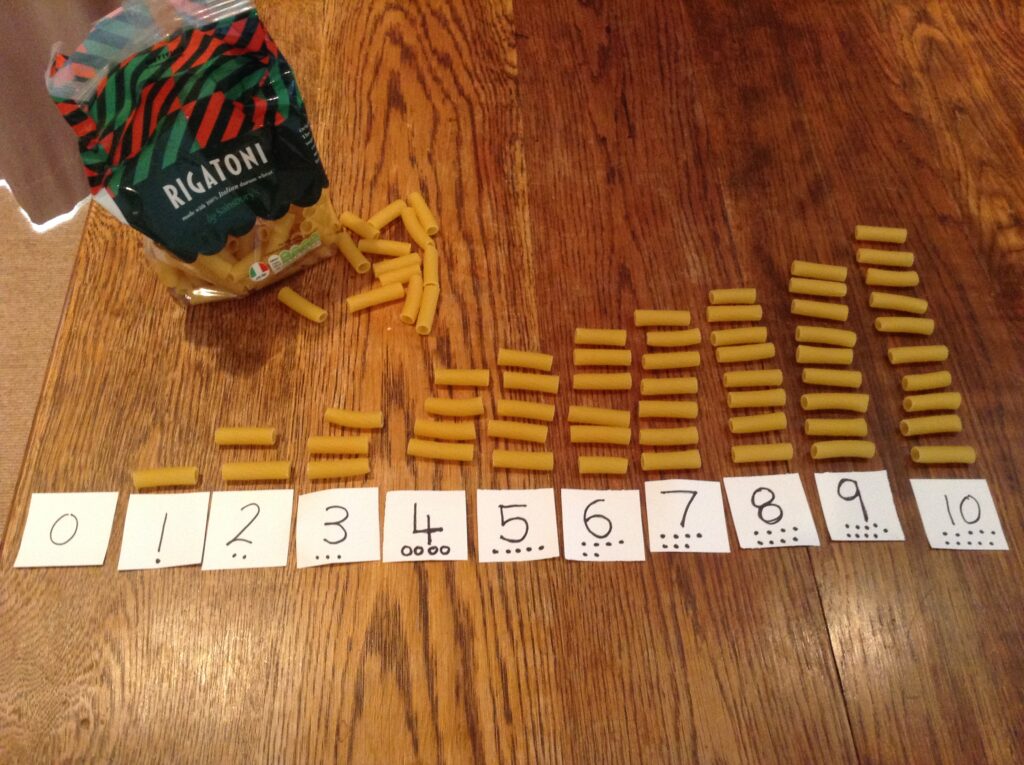Good morning Reception parents and children,
Welcome to today’s home learning.
Personal, social and emotional development
Revisiting happy times

Revisiting the happy times your child had at school and their unique educational successes is a great way to prepare your child for our return to school. Share your child’s Tapestry learning journal with your child and look at all their wonderful achievements at school.
Perhaps your child could send me, via Tapestry, a video to tell me all about what they are looking forward to once back at school. This will also help me ensure that the classroom and resources create a welcoming start for your child.
Wear your school uniform for the day
The children loved this idea when preparing to return to school following the first lockdown period. It helps cultivate an excitement about going back to school and also familiarizes your child with the feel of the uniform again.
Maths/Physical Development
Bunny ear game

Research shows that finger use is an important factor in developing connections between numeral quantities and symbolic representations, as well as giving support for making sense of calculations. This activity not only develops those mathematical skills but will also help your child manipulate their fingers and strengthen those all-important finger skills.
Try the activities below which are in order of difficulty.
- Say to your child ‘Show me three fingers’. Then ask for 5, 2, 4 and 1. Follow this by asking your child to do the same with their other hand.
Watch to see if your child is counting the fingers each time or can they quickly ‘throw’ the correct amount of fingers.
- Model ‘throwing’ fingers to help your child to move on from lifting fingers one at a time. Say ‘Watch me as I can flash a number on my fingers’. Flash a finger and say ‘1’ as you throw out 1 finger, repeat for 2, 3, 4, 5. Then ask your child to try and flash 1, 2, 3, 4, 5. Repeat in random order.
- Ask your child to show you 2 fingers. Ask how many more to make 5? Repeat for 1-5. Ask again using the other hand.
- If your child is confident doing all of the above, explore doubles. Model to your child and ask him or her to join in. Make 1 on one hand and 1 on the other. Push the hands together and show your child 1 and 1 makes 2. Ask your child to repeat with 2 and 2, 3 and 3, 4 and 4, 5 and 5.
- Ask your child not to look at their fingers, make a finger pattern for 3 and hold their hand behind their head. This is called ‘Bunny Ears’. After they have done this, your child can look at their hand in front to check.
- Repeat the ‘bunny ear’ game using two hands. You could ask questions such as ‘Show me double 2’ or ‘Show me numbers that make 5’.
Wishing you all a fantastic day.
Nicola Palmer

